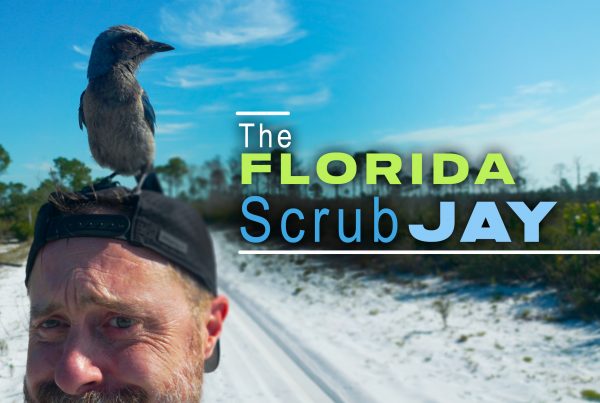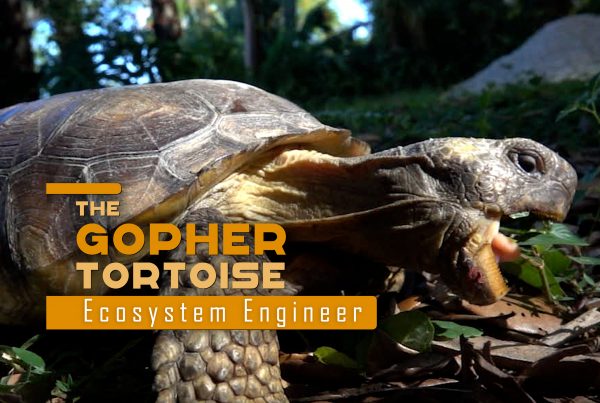Believe it or not, this annoying little blood-sucker is way more amazing than we give it credit! Explore the weird, incredible life cycle of the mosquito…..but don’t forget your bug-spray.
- Ectoparasite: A parasite that lives and feeds on the exterior of its host species
- Metamorphosis: A process by which an animal changes after birth or hatching through a series of abrupt and conspicuous changes
- Incomplete metamorphosis: The life-cycle of certain insects, such as the dragonfly, which does not include a resting pupal stage
- Molt: To shed an outer layer such as skin, exoskeleton, hair or feathers
“If you’ve spent enough time in the Everglades, you’ve probably donated pints of blood to mosquitoes. I, for one, I have a love-hate relationship with these blood suckers. Be honest. If there’s one animal you wished would go extinct, I bet you’d say the mosquito. Here’s the thing though. Even though these guys…correction…girls (we’ll get to that later) seem to bring us humans nothing but pain and suffering, they’re here for a reason. Just like all plants and animals in nature, they play a role in the web of life.
Still, mosquitoes fill us with dread and loathing. They spread nasty diseases like malaria, Zika and dengue fever. But ignore all that for the next few minutes, because their life-cycle is actually quite fascinating.”
Here in South Florida, we have two seasons: The dry season, and the mosquito season… I mean rainy season. Mosquitoes are extra thick when it’s wet and humid because these insects need water to reproduce. But first, the female needs a blood meal. This gives her the proteins and amino acids necessary to grow eggs. Males are content with nectar and plant juices.
“Once eggs have developed, they are laid like a raft on the surface of the water. In the Everglades, bromeliads catch and hold water, perfect for growing skeeters. In your back yard, it could be a trash-can lid. A bird-bath. An old shoe. A conquistador helmet…because everyone has a conquistador helmet lying around.
The bottom line is, anything that collects rainwater can attract mosquitoes. If your backyard is becoming a breeding ground, dump out your old shoe and put your conquistador helmet where it belongs. Trust me, it’ll help.”
When the eggs hatch, little aquatic larvae emerge. They spend a few days swimming around, feeding on organic matter and growing. They breathe air from the surface through a siphon tube that juts out of their rear-end. Handy little trick.
After bulking up a bit, it is time for the third phase of the mosquito’s development. The larva curls into the shape of a comma, molts and begins to rest while it is developing. This so-called pupa stage can’t eat anything but it does have two air tubes for breathing. If you look closely, you can see features of the adult mosquito growing inside the pupa’s exoskeleton.
In a few more days, the metamorphosis is complete. Now, like a scene from an alien movie, the pupa splits open. Onto the surface of the water steps an adult mosquito.
This process, which includes 4 stages of development…the egg, the larva, the pupa and the adult mosquito…is called “complete metamorphosis.” The adult mosquito is now off to find its first meal.
“Weird and fascinating, right? So what important things do mosquitoes really do for the ecosystem? Well female mosquitoes are ectoparasites. It may seem harsh but while feeding they can spread diseases and endoparasites that can keep other species that are infected from over-populating. Also, mosquitoes can pollinate certain flowers. As we learned, males and females that aren’t producing eggs drink nectar. And finally, mosquitoes are food for other animals. Dragonflies snatch them from the air and some species of bats can eat as many as 1000 mosquitoes in an hour!”
One of the most common freshwater minnows in South Florida is the gambusia, also known as the mosquito fish. Why does it get that name? Well its favorite food happens to be mosquito larvae. Keep up the good work mosquito fish, my kind appreciates the important work you do.




